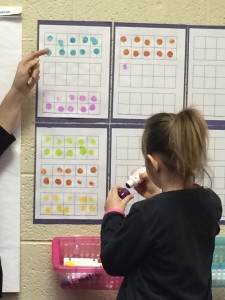Class of 2029: Kindergarten Orientation 2016
Dunlap Grade School Kindergarten Families,
I am eager to welcome the Class of 2029 to our school as our newest group that we will be able to lay the foundation of lifelong learning for. If you are like me, you look at the children sitting next to you and feel like it was both a moment and a lifetime ago that they came into your lives. You are beaming with both pride and excitement as much as you are with worry and trepidation as they are on the brink of starting kindergarten.
To the kindergarteners, look up at mom or dad right now and tell them, “I got this.” One more time, “I got this.”
And they do… Sure there may be some hesitation, worry or concern, but they are going to amaze you. They are going to grow, develop, and make you proud. They are going to learn how to read letters, words, and sentences. They are going to learn to write to share their feelings and ideas. They are going to learn about numbers, shapes, and math-problem solving concepts. But, they are also going to learn to become more independent. They are going to learn to be a good friend. They are going to learn that mistakes are ok and we learn from our failures. They’re going to learn all of that and so much more.
But what’s more, just as they will learn from the fabulous educators in this building, we will learn from them and just as quickly as they went from being a baby to being here tonight embarking on kindergarten, you are going to blink and this class of 2029 is going to be graduating high school and you’re going to remember the day they started kindergarten and smile and remember how far they’ve come. Because… they’ve got this.






